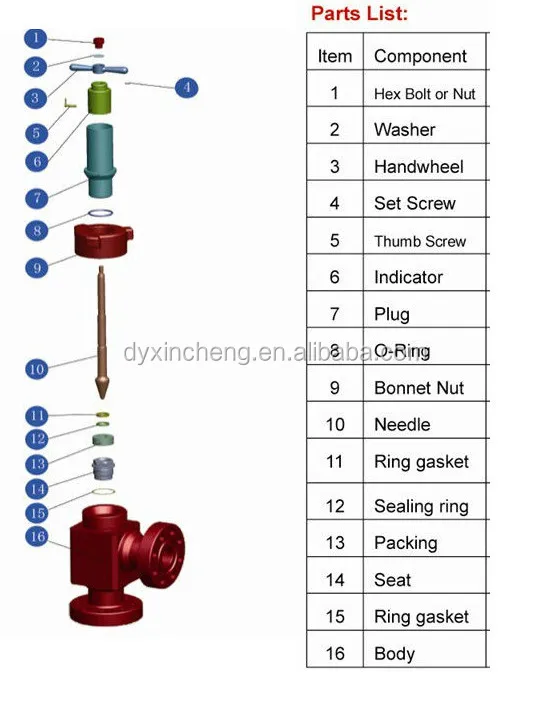

The proposed rule reflects the DRBC’s conclusion that “high-volume hydraulic fracturing poses significant, immediate and long-term risks to the development, conservation, utilization, management, and preservation of the water resources of the Delaware River Basin.” The DRBC held a series of public hearings on the proposed rule beginning in January 2018, 6 but, as of September 2018, has yet to issue a final rule. On November 30, 2017, the DRBC published a proposed rule that, if finalized, would prohibit “high-volume hydraulic fracturing” within the Delaware River Basin. However, the DRBC cancelled the meeting and the vote after strong opposition from New York and Delaware state officials. 5 The DRBC initially proposed regulations in early November 2011, and intended to vote on the proposals in November 2011. The DRBC established a de facto moratorium on drilling in Pennsylvania’s Wayne and Pike counties in 2010 pending DRBC regulations for oil and gas development in those counties. Recent News and Developments Current Drilling Restrictions and Moratoria Those operators who must submit plans per SRBC and DRBC requirements may utilize those plans to satisfy this requirement but must still formally apply to DEP. 4 The SRBC and DRBC regulate the rate and volume of water withdrawals within their river basins.

In addition, two federal interstate compact commissions-the Susquehanna River Basin Commission (SRBC) 2 and the Delaware River Basin Commission (DRBC) 3 -have authority over specified water uses within their basins, which cover parts of Pennsylvania. 1708, was referred to the Environmental Resources and Energy Committee in August 2017 and remains pending. In recent years, several Pennsylvania legislators have introduced bills that would attempt to clarify the current 12.5% minimum royalty requirement, particularly with respect to the incurrence of post-production costs. In recent years, Pennsylvania courts have addressed the propriety of various royalty calculation methods and other contractual mechanisms to determine if leases in the state comply with the 12.5% minimum royalty requirement. However, in 1979, the Pennsylvania Legislature passed the Guaranty Minimum Royalty Act, which mandates that landowners receive a 12.5% royalty on any oil or natural gas drilled on their property. With respect to oil and gas leases, Pennsylvania does not audit payments or read or calibrate meters or tanks. DEP also enforces the Commonwealth’s various environmental protection laws, including the Clean Streams law, the Dam Safety and Encroachments Act, the Solid Waste Management Act, the Water Resources Planning Act, and the Community Right to Know Act. The Pennsylvania Department of Environmental Protection (DEP) has enacted more extensive rules and regulations, found in Chapter 78 of the Pennsylvania Code. Pennsylvania first adopted legislation relating to oil and gas drilling in the Commonwealth’s Oil and Gas Act of 1984. Its richest layers are found between 5,000 and 8,500 feet below the ground-depths once believed to be prohibitively expensive to access-but recently have attracted immense interest because of advances in drilling technology and natural gas extraction. The geology of the Marcellus Shale and drilling trends suggest that areas in the southwest, north-central, and northeastern regions of Pennsylvania may be especially productive.

Pennsylvania boasts several significant oil and gas basins, including the Devonian (Ohio), Utica, and Marcellus Shale Formations. Since that time, more than 350,000 oil and gas wells have been drilled in the Keystone State. Drake struck oil near Titusville, Pennsylvania, an event that launched America’s oil and gas industry.


 0 kommentar(er)
0 kommentar(er)
